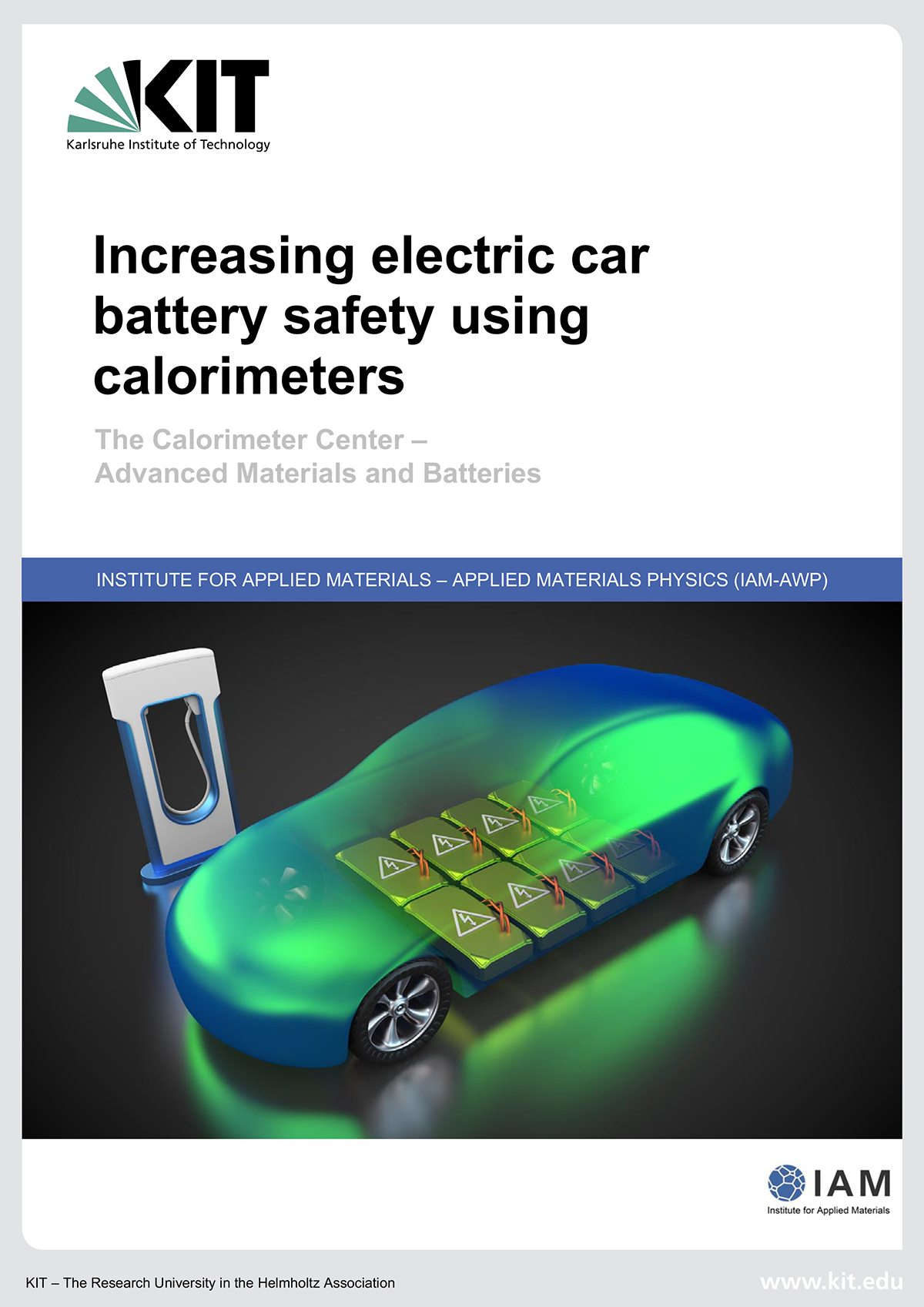Here, Dr Carlos Ziebert, head of IAM-AWP’s Calorimeter Center, KIT, explains how the safety of batteries in electric vehicles links to the EU’s new ‘Fit for 55’ policy push
When it comes to transport, the sector represents an astonishing quarter of the EU’s greenhouse gas emissions. The science behind electric vehicles has never been so urgently needed, as the global impact of climate change combines with the devastation of COVID-19 – creating unprecedented outcomes for public health.
Commissioner for Transport, Adina Vălean, said: “We will create a market for sustainable alternative fuels and low-carbon technologies, while putting in place the right infrastructure to ensure the broad uptake of zero-emission vehicles and vessels.”
The connection between air quality and population levels of COVID became clear in the early days of the pandemic, as Europe struggled. Subsequently, the Green Deal aims to build back from this precipice sustainably and economically, both in terms of infrastructure and resources.
But when it comes to actually changing the way things work, how can an entity as large as the EU begin to make those changes? What key policies could change the climate change narrative as we know it?
Here, Dr Ziebert explains how the innovation of lithium batteries can directly help the EU to meet these ‘Fit for 55’ air pollution targets – when fitted to electric vehicles.
So, how can batteries lead to a better investment in clean tech?
Calorimetry is defined as the process of measuring heat data during chemical reactions – which allows for the collection of quantitative data required for optimum battery performance and safety. This is an essential part of creating public and private sector trust in this investment, as the EU seeks to shed the image of carbon pollution and step into a cleaner, more sustainable form of transport.
Here, Dr Ziebert explains the science and safety mechanisms behind one of the cleanest technologies in the world, making a case for how adoption of electric vehicles could propel the EU toward their dream carbon emissions target by 2030.


